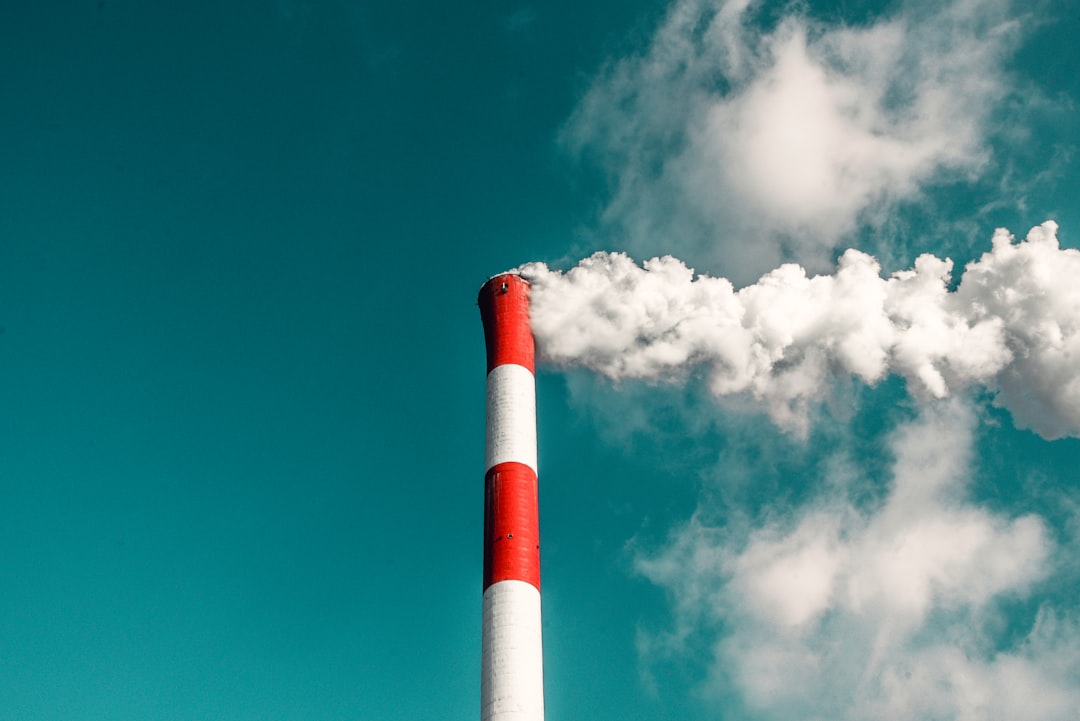What is it about?
Methane is a potent greenhouse gas and has significant impacts upon seafloor ecosystems. In this paper we studied a combination of sediment geochemistry and various ecological aspects of an area of the seafloor with elevated methane levels on the South Georgia margin in the Southern Ocean.
Featured Image
Why is it important?
In future scenarios, warming ocean temperatures will likely result in increased submarine methane emissions. This means it's really important to try and understand how this might affect biogeochemical cycling and ecology in such environments. Also, methane-enriched ecosystems on the seafloor are often difficult to study because the methane is naturally very diffuse within the sediment, meaning that the extent of these ecosystems, along a gradient of methane concentration, is very poorly known. By studying an intermediate ecosystem between high methane emissions (a.k.a cold seeps) and background conditions, we can add valuable insight into the processes that occur along this gradient.
Read the Original
This page is a summary of: Geochemistry, faunal composition and trophic structure in reducing sediments on the southwest South Georgia margin, Royal Society Open Science, September 2016, Royal Society Publishing,
DOI: 10.1098/rsos.160284.
You can read the full text:
Contributors
The following have contributed to this page










